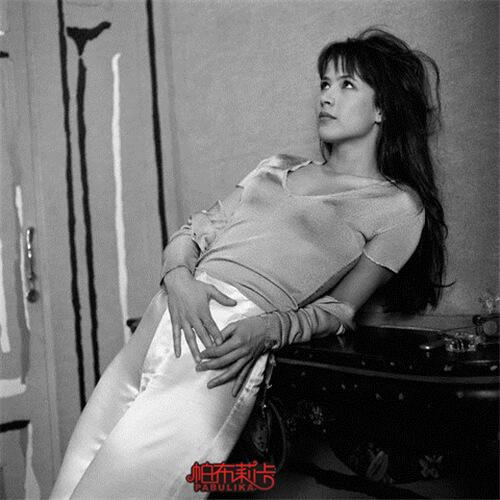词曲
Ci (Lyric) and Qu (Melody)
词(可以配乐歌唱的长短句诗体)和曲(可以配乐歌唱的韵文体)两种文学体式的并称,在《四库全书》列于集部最末(曲更是有类无目),这是因为在古人的文学观念中,以诗文为正统,认为诗文可以表现较为正式的内容,而词曲则仅被看作展示个人才情的末技。此外,“词曲”并称有时还用来指戏曲和说唱。
Ci (词 a form of poetry with long or short verses which can be set to music and sung) and qu (曲 a form of rhyming compositions which can be set to music and sung) are a combined appellation for two kinds of literary styles. In the Complete Library of the Four Branches of Literature, they are listed at the very end of the “Collections” section (Qu is a sub-genre and is not listed in the table of contents). This is because according to the literary views of ancient scholars, poetry and essays were the only accepted tradition to express important ideas. To write in the form of ci (lyric) and qu (melody) was only seen as a minor skill showing a person’s talent. Sometimes, the combined appellation ciqu also refers to traditional opera and genres of performances featuring speaking and singing.
🎈中文原文为一个由多个短句所组成的长句,故而在翻译时,考虑到英文的行为习惯,应对原文进行拆分重组,重新组织文章布局。译文根据意群将文章分为多个句子,首先,译文第一句对“词曲”进行初步介绍;第二句是描述词曲在文学体裁中的地位;第三句和第四句则是对这种现象的原因进行解释;而最后一句则是对“词曲”的一种延伸,描述其其他指称。
🎈在处理「有类无目」这一文言文色彩浓厚的四字短语时,应先充分理解其含义,转化为白话文。「有类无目」在此处的意思是「有此类别但是没有被辑录上」,故而译文将其译为is not listed in the table of contents。
🎈在翻译为何词曲不受重视的原因时,译文将其单独译出成句,这样使得译文简洁流畅而不累赘;此外,在翻译「诗文」一词时,「诗」与「文」实际上是两种文体,是「诗歌」和「文章」的意思,故而译为poetry and essays
🎈在翻译“以诗文为正统,认为诗文可以表现较为正式的内容”一句时,前半句与后半句所想要表达的意思是一样的,都想表达“诗文是表达重要思想的主要渠道”,所以译文合二为一,合译为the only accepted tradition to express important ideas
🎈在翻译“说唱”时,译文译为“genres of performances featuring speaking and singing”,意思是这是一种表演形式,其主要特点是说和唱。
🎈重点表达
词曲:Ci (Lyric) and Qu (Melody)
称谓:appellation
《四库全书》:Complete Library of the Four Branches of Literature
末技:minor skill
才情:talent
未经允许不得转载:帕布莉卡 » 《中国传统文化关键字》词曲 -英语翻译教程-中英双语赏析
 帕布莉卡
帕布莉卡


 爱是一颗心遇到另一颗心(出处+配图)
爱是一颗心遇到另一颗心(出处+配图) 

